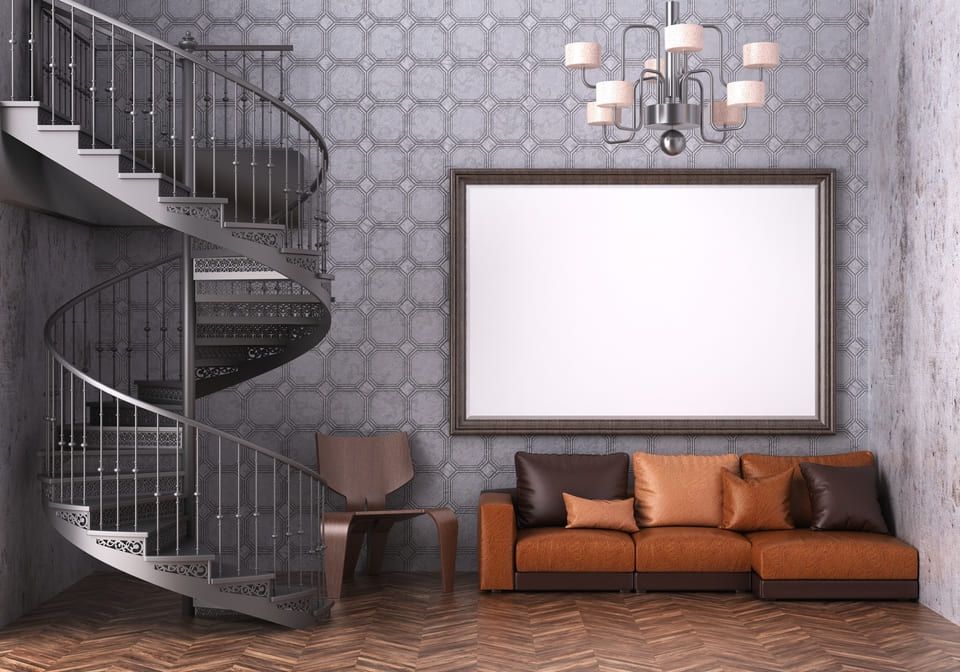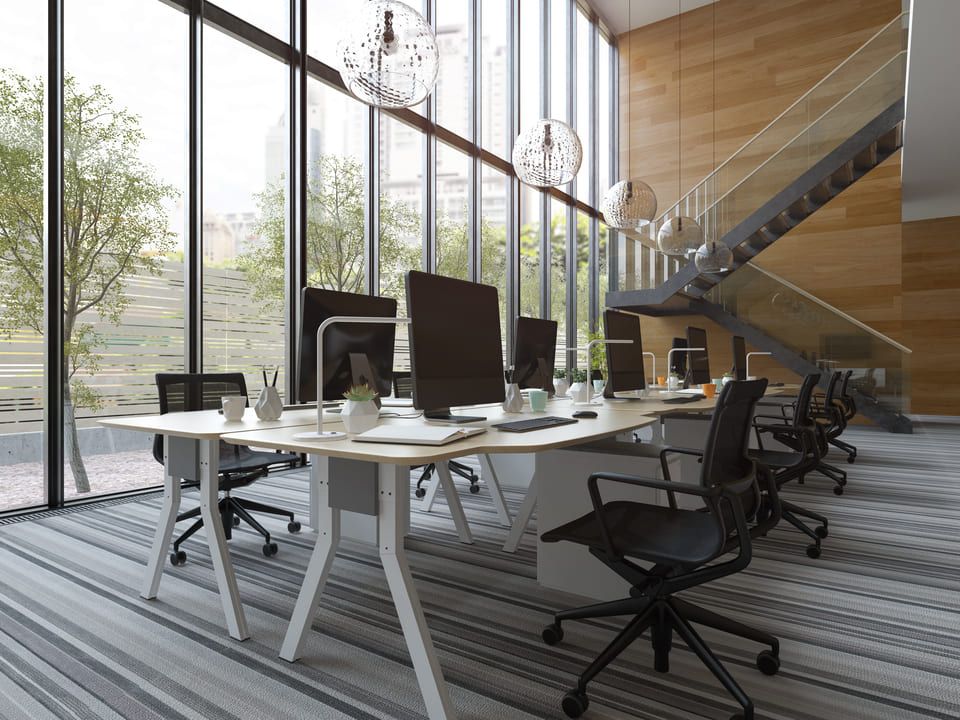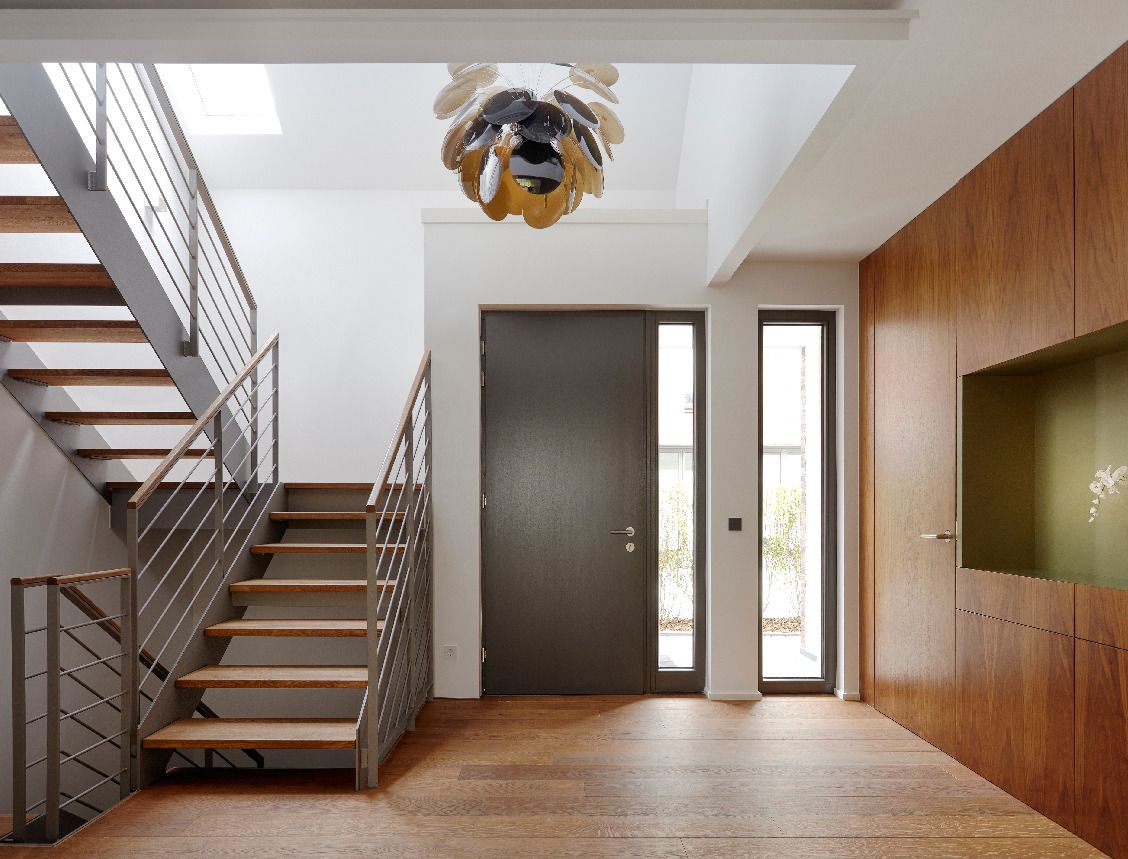What are the main advantages of using steel stairs over wooden stairs?
Steel stairs are gaining popularity inCompared to classic wooden stairs. This is due to a number of factors, including the advantages that steel stairs offer. Here are some of the main advantages of using steel stairs:
Strength and durability
Steel stairs are more durable than wooden stairs, which means they can withstand a greater load. They are also more durable and less prone to damage.
Ease of maintenance
Steel stairs are easier to clean than wooden stairs because they do not require painting or waterproofing.
Security
Steel stairs are more resistant to fires, so they provide greater safety in the event of a fire in the building.
Aesthetics
Steel stairs are very modern and aesthetically pleasing, as well as more versatile, so they can be used in different types of interiors.
Adaptability
Steel stairs are easy to modify and adapt to different shapes and dimensions, making it possible to customize them to meet individual customer needs.
Cost-effectiveness
Steel stairs are usually cheaper to produce than wooden stairs, which means lower costs for the customer.
Weather resistance
Steel stairs are more resistant to weathering, such as moisture and temperature changes, than wooden stairs.
Eco-friendliness
Steel stairs are made of recyclable material, which means they can have a neutral impact on the environment.
Contemporary style
Steel stairs are ideal for modern interiors, which are characterized by minimalist aesthetics and simplicity.
Versatility
Steel stairs are ideal for both indoor and outdoor applications, making them more versatile than wooden stairs.

What are the most important factors to consider when designing a steel staircase?
Steel staircase design requires consideration of many factors that will affect the functionality, aesthetics and safety of the structure. Here are some of the most important issues to consider when designing a steel staircase:
Type of staircase
- Depending on their intended use, stairs can be indoor or outdoor, straight or winding, and can have platforms or landings.
Destination
- specify for what purpose the staircase will be used, whether it is to be used for private or public use.
Shape and size
- Choose the right shape and size of the staircase to make it comfortable to use and fit in with the interior design or building facade.
Security
- When designing a staircase, it is important to take care of the appropriate safety parameters, such as the width of the steps, the slope of the stairs, the height of the handrails and the type of anti-slip material.
Material
- choose the appropriate type of steel and determine their thickness, depending on the type of load and other requirements.
Finishing
- choose the right finish for the staircase, such as painting, varnishing or corrosion protection.
Balustrades
- balustrades, which are an important structural element of steel stairs, should be properly designed. Their height, shape, type of material and finish should be taken into account.
Assembly
- design the staircase so that it is easy to install and dismantle to facilitate eventual maintenance work.
Availability
- Ensure accessibility of stairs for people with disabilities, such as by installing handrails or a wheelchair platform.
Aesthetics
- Steel stairs should be aesthetically pleasing and harmoniously fit into the design of the interior or facade of the building.

Can steel stairs be adapted to different architectural styles, such as modern or classic?
Yes, steel stairs are a versatile material that can be adapted to different architectural styles. Thanks to the fact that steel is an easy material to work with, stairs of various shapes and sizes can be made from it.
Modern staircases often use simple forms, minimalism and austere finishes. Steel stairs fit perfectly into this style and allow for a unique effect in modern rooms.
On the other hand, in the case of classic stairs, steel can be combined with wood or stone for a unique, elegant look. Steel balustrades can also be decorated with ornaments, adding a classic touch.
Ultimately, steel stairs are a material that can be adapted to a wide variety of architectural styles, making them ideal for those looking for versatile and durable solutions.
All posts from category "Stairs"




